Director: Kim Yong-Hwa
Writer: Kim Yong-Hwa
Cast: Ha Jung-Woo, Ju Ji-Hoon, Kim Hyang-Gi, Ma Dong-Seok, Kim Dong-Wook, Lee Jung-Jae, Jo Han-Chul, Kim Myung-Gon, Il-woo Nam
Running Time: 141 min.
By Paul Bramhall
It’s been less than a year since Along With the Gods: The Two Worlds hit cinema screens, and already the second part of the consecutively filmed pair is upon us with Along With the Gods: The Last 49 Days. Director Kim Yong-hwa took a huge gamble to plough so much money into what’s easily Korea’s most ambitious CGI heavy production, and it was one which paid off, with The Two Worlds becoming a box office success domestically. However the second instalment hit some decidedly unexpected bumps in the road on the lead up to its release. At the beginning of 2018 the #metoo movement, which saw actresses coming forward with their experiences of sexual harassment, hit Korea hard, and two of the productions cast members found themselves embroiled in the allegations.
First up was returning cast member Oh Dal-soo, an actor who’s practically come to embody the bumbling everyman role that’s a fixture of many a Korean production, and a new character play by Choi Il-hwa (The New World). Knowing that it wouldn’t sit well to have such actors (who both admitted their guilt) feature in a morally upright blockbuster, the decision was taken to re-film their scenes with new actors, with Jo Han-chul (Heart Blackened) replacing Dal-soo, and Kim Myung-gon (Steel Rain) replacing Il-hwa. While it was a decision that no doubt added a few extra zeros to the franchises already lofty budget, onscreen the modifications are for the most part seamless, a credit to the technical expertise of those working behind the scenes.
The plot of AWTG:TL49D (as I’ll refer to it from here on in) is significantly broader than its predecessor, fitting in 3 parallel storylines into its equally epic 140 minute runtime. Having secured the reincarnation of Cha Tae-hyun’s firefighter at the end of ATWG:TTW, the leader of the trio of guardians, played by the returning Ha Jung-woo, turns his focus to Kim Dong-wook (The Concubine), also returning as Tae-hyun’s murdered brother. Despite being the vengeful spirit that caused so much chaos in ATWG:TTW, Jung-woo believes he’s deserving of reincarnation, so pitches his case to King of the Underworld (Lee Jung-jae) to allow him to stand trial. Permission is eventually given, with various conditions attached, one of which takes the form of the second storyline.
A Household God has been causing trouble in the real world, by keeping an old man alive far longer than he should be, and even making himself visible to the point of being a part of the old mans daily life, which has him taking care of his abandoned grandson. The God is played my Ma Dong-seok (Champion), and one of the conditions is for Jung-woo and his fellow guardians to ascend the old man within the next 49 days, and ensure the Household God is duly punished. The roles of the guardian trio are somewhat reversed from what we saw in AWTG:TTW, with this time Jung-woo left to navigate the afterlife, and returning guardians Joo Ji-hoon and Kim Hyang-gi sent to the real world to deal with Dong-seok. However when Dong-seok reveals his connection to the pair when they were alive a millennium ago, we also get to witness the trios backstory (cue the third storyline!), and how it came to be that they’re bound to each other.
Credit has to be given to Yong-hwa for juggling so many elements with such a skilled hand. If you want a fantasy adventure filled with monsters and spectacle, you got it. If you want a modern day melodrama that pulls on the heartstrings, you got it. Not satisfied? Well how about a period piece battlefield epic? You get that as well. The talent in Yong-hwa’s handling of each of the 3 storylines lies in the way he’s able to keep each one relevant to each other for the entire duration, never allowing one to overshadow the other or to feel like unnecessary padding, all of them play an integral part to the other. This structure allows plenty of space for us to get to know the trio of guardians. While in ATWG:TTW they were defined more by their personality traits than anything else, this time we get to know their histories and who they really are, making them an integral part of the narrative rather than just enablers of it.
After a final scene tease in AWTG:TTW, here Ma Dong-seok makes for a welcome addition in an extended supporting role. As the kind hearted Household God, he’s been keeping the old man alive so that his young grandson isn’t left alone, taking on the role of the friendly uncle and keeping the loan sharks at bay. The setup is a literal tick box list of Korean melodrama tropes: House set to be demolished for new apartments – check. Father heavily in gambling debt and has run off to the Philippines – check. Mother died at birth – check. If a Korean mainstream movie wants you to know that life is tough, trust me, you’re going to get it. However for the most part it works, and Dong-seok is his usual endearing self as the protective (literal) guardian of the family. He also gets some of the biggest laughs, with his failed attempts to raise money through the stock market leaving him as possibly the only God committed to film who has debt worries.
Another element that the expanded scope of the story allows for is a greater variety of action. From Ji-hoon and Dong-seok’s hyper-speed face off when they first meet, that takes place while various plates and vases fall to the floor in slow motion, to the epic battlefield scenes set in the past, to Jung-woo’s one man rampage against a legion of hell ghouls made of lava and rock. While it was disappointing to see Ji-hoon’s oversized blades teased but never utilised this time around, the fact that AWTG:TL49D feels like a more well-rounded effort than its predecessor more than makes up for it.
Indeed as bombastic as these movies are by nature, AWTG:TL49D feels much more reigned in and mature. There’s a genuine sense of world building, and aspects like the onscreen text appearing every few minutes are utilised more sparingly. There’s also less focus on the many cameos by various familiar faces from the Korean film industry, with the appearance of Sung Dong-il being the only obvious nod at the audience. The downside of this is when a scene does appear which throws in velociraptors, a T-Rex, and a mosasaurus, it sticks out like a sore thumb. Such a scene may have belonged in Jurassic World, but even with the context it takes place in here it seems out of place, feeling more like a calling card for Yong-hwa’s visual effects company Dexter than a necessary part of the plot. However if you want to see a meaningful conversation take place in the stomach of a mosasaurus, you’re in the right place.
Interestingly, as the subject who has his reincarnation on the line, Dong-wook feels like a very different beast from the first instalments embattled firefighter. Rather than being overwhelmed, Dong-wook’s approach is one of curiosity, with his interest laying more in why Jung-woo is so determined for him to be reincarnated than if he actually succeeds or not. It makes for a very different dynamic, allowing for Jung-woo’s seemingly cool exterior that we took as a given from the previous outing to be constantly challenged and questioned, pushing some unexpected millennium old truths to the surface. The focus in the afterlife stays very much with the relationship between Jung-woo and Dong-wook, moving away from the trial structure of AWTG:TTW (here the first doesn’t get underway until 80 minutes in), further subverting expectations.
While still every bit the commercial blockbuster it was intended to be, AWTG:TF49D is a sequel that clearly has big ambitions, expanding and building on the characters we’re introduced to in AWTG:TTW via some bold and unexpected ways. What seemed like throwaway details in the previous instalment, like Ji-hoon and Hyang-gi having no memory of their past, here carry significant weight, which shows signs of a skilled storyteller at work. With another pair of Along With the Gods movies greenlit, it looks like we’ll be seeing more of Jung-woo and co. in the near future, and as long as we don’t get any more dinosaurs, I’ll be there.
Paul Bramhall’s Rating: 7.5/10

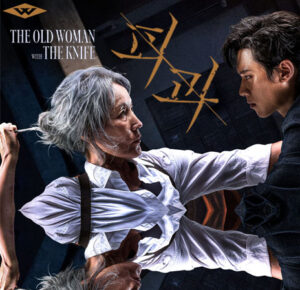

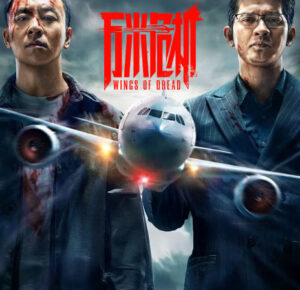


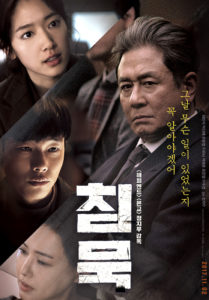
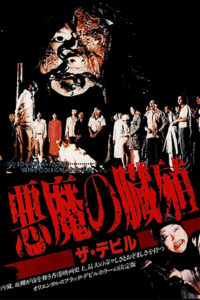
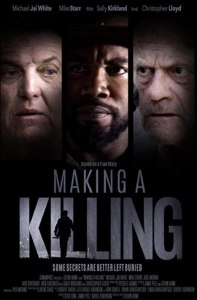
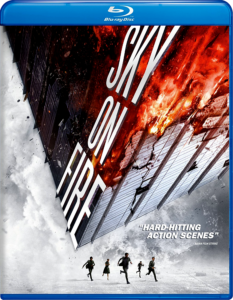
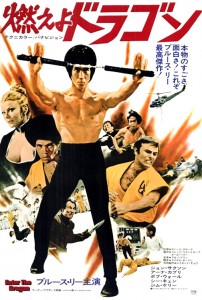

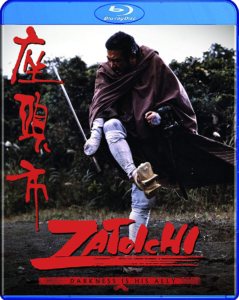
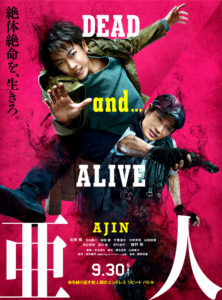
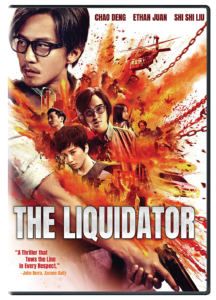
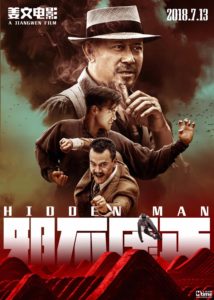
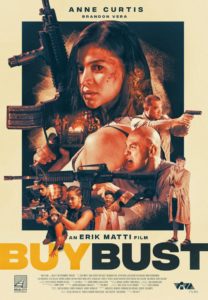
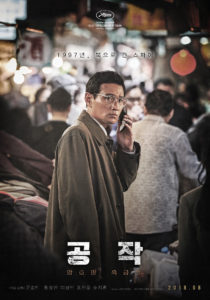
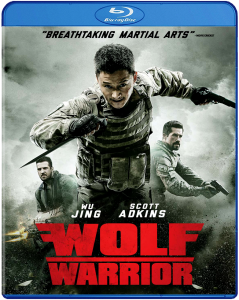


Be the 1st to Comment